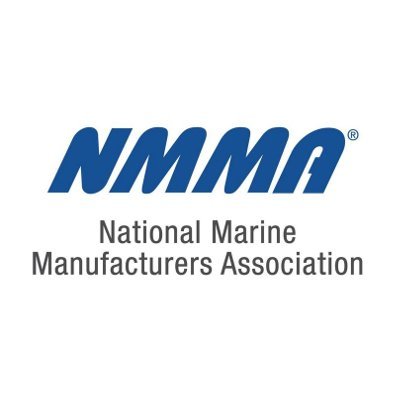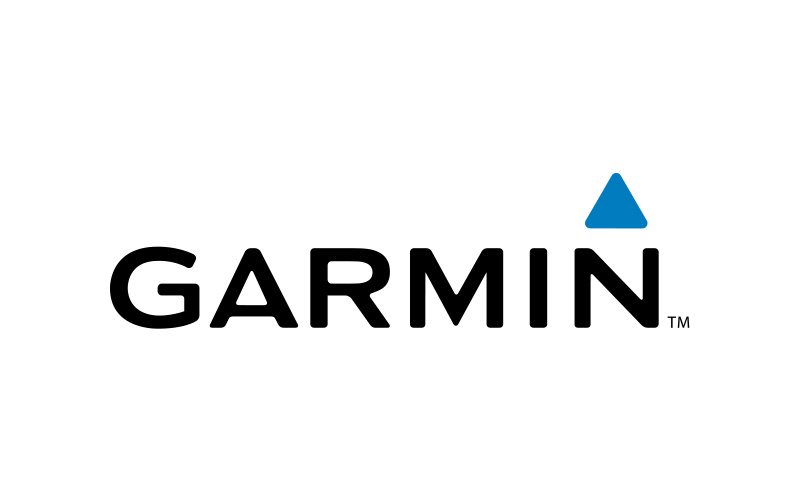Pump Segment Keeps Pace with Marine Industry
The pumps segment of the marine industry is not immune to the challenges that face the industry as a whole. Flat and declining sales among OEMs are resulting in fewer pumps being needed for boats. While U.S. manufacturers report being under assault from imported goods that threaten to undermine product quality and company profits.
Still, depending on what portion of the pumps segment a manufacturer is in, and the company’s position in the marketplace, the outlook can be positive.
Gregg Pardus, national sales manager at Johnson Pump, says tepid sales among boat builders are forcing pump manufacturers “to be more innovative, create value and to decrease the lifetime cost of our products to builders and consumers.” Johnson Pump, based in Schiller Park, Ill., manufactures a comprehensive line of pumps, including bilge, aerators, livewells, wash down, water pressure, diaphragm and engine cooling pumps.
The company remains upbeat about the current market and expects to grow despite the overall flat conditions because of new product innovations, upgraded product platforms and new product introductions, Pardus says.
Despite the difficult sales environment, Unified Inc., which operates as SeaSense Marine Accessories, has recently entered the market and reports optimism. David Nirenberg, CEO of the electronic and manual bilge pump manufacturer based in Newport, Tenn., describes the market as “fresh and exciting.”
“Unified Inc. is very excited about the 2007 outlook,” says Nirenberg. “We expect a great first-year performance for our new lines based on current orders.”
Specialty pump manufacturers that have carved out their own niches are doing fine, reports Andrew Bleier, vice president at San Diego-based Keco Inc., which manufactures sewage pumpout systems under the Pump-A-Head banner.
“We have orders replacing existing units and a substantial amount of orders for new marinas being built,” says Bleier. “Our international orders are off to a very strong start this year. We have seen a substantial increase in orders originating in the Bahamas, Mexico and Central America. We attribute this international surge to increased environmental awareness.”
Innovation and upscale
Sales of vessels 60 feet and longer provide one bright spot in the new boat segment, says Jim Gerum, vice president of sales and marketing at Reverso Pumps Inc. The Fort Lauderdale, Fla.-based company specializes in the manufacture of oil and diesel pumps. “The 30- to 60-foot market has been somewhat flat, and it’s actually gone down in some niches,” Gerum says. “The 60-foot segment seems to be where the growth is. Plain Jane, plain-style boats with not a lot of accessories and not a lot of flair don’t seem to be selling as well. People are looking for more features and functions instead of a plain fishing boat.”
Patrick Hurst, managing director at Whale Water Systems, predicts a market contraction of up to 20 percent in 2007 as oversupplied OEMs reduce the number of boats they build. “Business will grow by introducing new innovative products,” says Hurst. “Standard product sales will be lower in 2007.”
The Peabody, Mass.-based manufacturer has introduced a slew of products this year, including the Smartbail low-cost manual bilge pump, the Gulper 320 high-capacity multipurpose grey waste and bilge pump and a large capacity grey waste tank with intelligent switch.
SeaSense unveiled two full lines of bilge pumps this spring, the culmination of more than two years of development work. They encompass a premium, adjustable outlet, replaceable cartridge line and a robust, no cartridge line.
Johnson Pump released its Ultima Bilge Pump last fall. The fully digital automatic bilge pump uses sensing technology that has no moving parts and includes Dura Port fittings and an optional integrated check valve.
Over at Reverso Pumps, the company has introduced the DP Series line of fuel transfer pumps for diesel engines, available in three transfer rates.
When the discussion turns to trends in the marine industry in general and the pumps sector in particular, manufacturers point to increased competition across the board and the continued offshoring of pump production. To stay competitive, manufacturers stress the importance of quality and innovation in what’s considered a fairly staid market.
“Pumps are not going away; they are a necessity, and hand pumps can be the most important and overlooked piece of safety equipment that needs to be on board,” says Steve Anschutz, distributor sales manager at Beckson Marine Inc., the hand pump manufacturer based in Bridgeport, Conn. “Clearly, we need the industry to grow, to bring this sector with it. Some of this will depend on the Grow Boating marketing initiatives taking place now.”
Hurst notes that many competitors are moving manufacturing from the United States to Mexico, China or other countries in the Far East. He stresses that Whale products will continue to be built Ireland and the United Kingdom.
“The market is getting more competitive with foreign sources,” Anschutz says. “This is true across the entire industry, including boat builders who are moving production offshore. We cannot afford to have the marine market ruled by the big box mentality. Price is driving some segments of the sector, but the consumer is not getting the quality of product that they have in the past from those sources.”
Pardus from Johnson Pump says the company is pinning its fortunes on product innovation. He anticipates more systems integration and packaging of sub assemblies to OEMs to increase manufacturing efficiency and to ensure compatibility of various pump components and overall quality and reliability of systems. “As a sector in general, I would anticipate some level of consolidation as the current growth of boating is probably not sufficient to continue to support the number of pump manufacturers currently engaged,” Pardus says.
In the sewer pumpout segment, Bleier from Keco sees centralized systems offering “service at the slip,” a trend for new marina construction. “It is convenient for users and cost-effective for a marina to install centralized pumpout systems when they are renovating dilapidated marinas,” Bleier says.
Because of the flood of foreign pump products, Anschutz believes that the buying public is being short-changed and has noticed the drop in quality, which could result in consumer backlash. Private-label goods available mainly at chain marine stores often don’t perform up to standards, he notes.
“While some of the market has chosen to private brand cheaper pumps, consumers soon realize that they are not of the quality that they have come to expect from their Beckson pumps over many years,” Anschutz says. “Many of us in the ‘older’ generation were raised under the banner of ‘buy it once.’ This cannot be said of the cheap knock-offs that are some of the current offerings.”
But in order to survive and thrive in a changing marketplace where price continues to be a consideration, innovation is the key, says Pardus. “We will continue to strive to be innovative in our designs,” Pardus says. “We will continue to invest in cutting-edge technologies that enhance performance and bring overall value to the boat builder and to the consumer.”
Being environmentally conscientious is another important consideration, along with looking to provide value-added services whenever possible. “As always,” Pardus says, “we look to the ‘voice of the customer’ to help guide us in our quest to be the best supplier of pump technology in the marine industry.”




